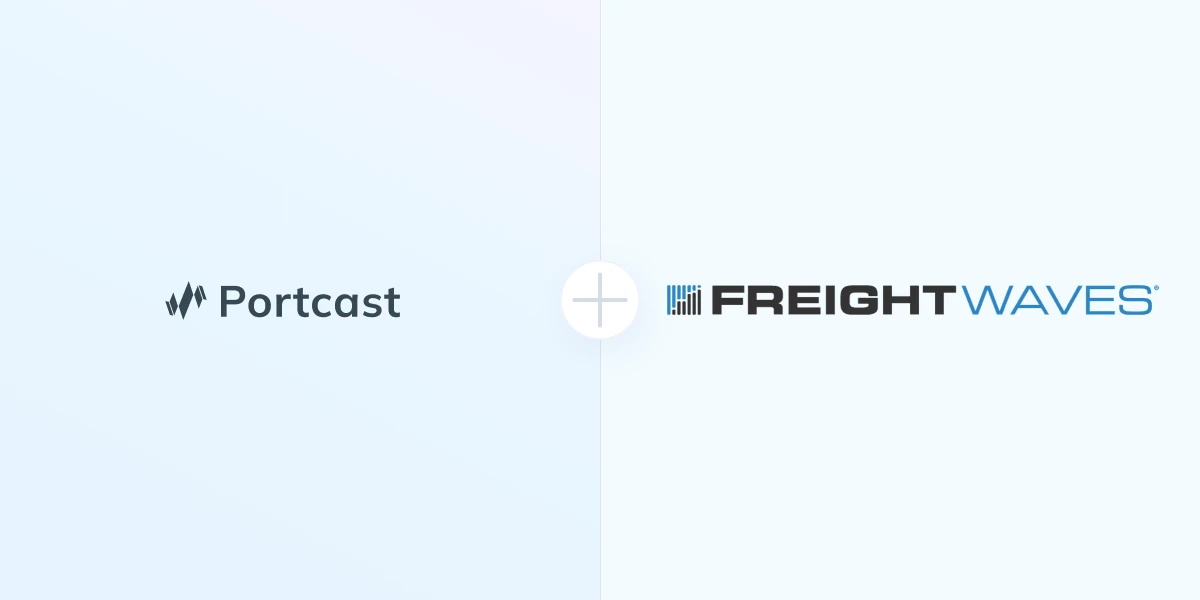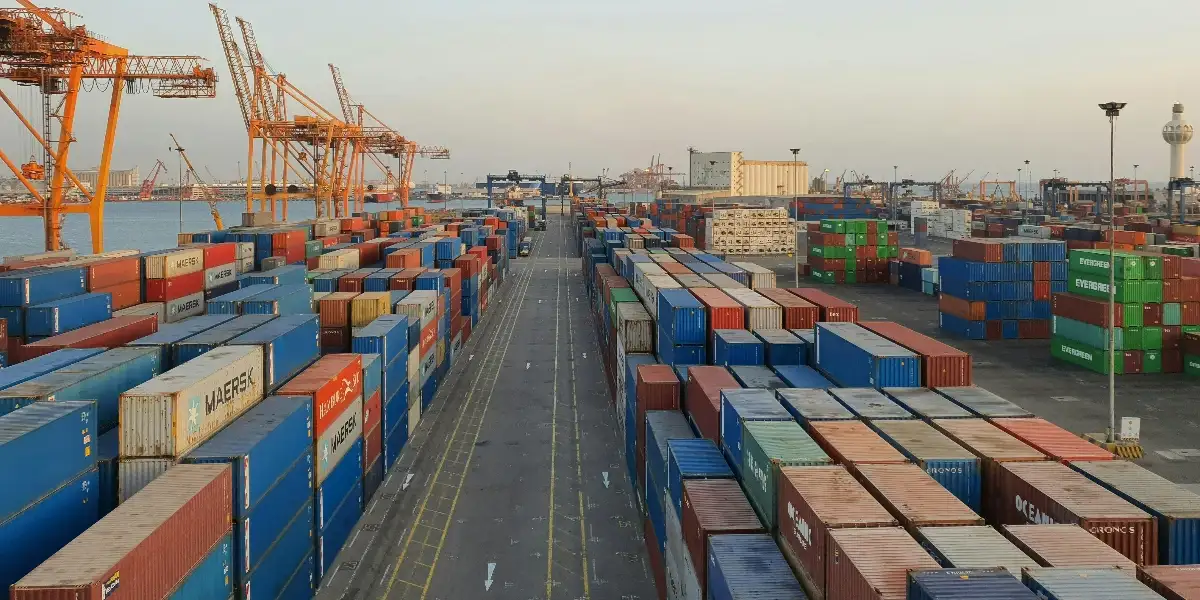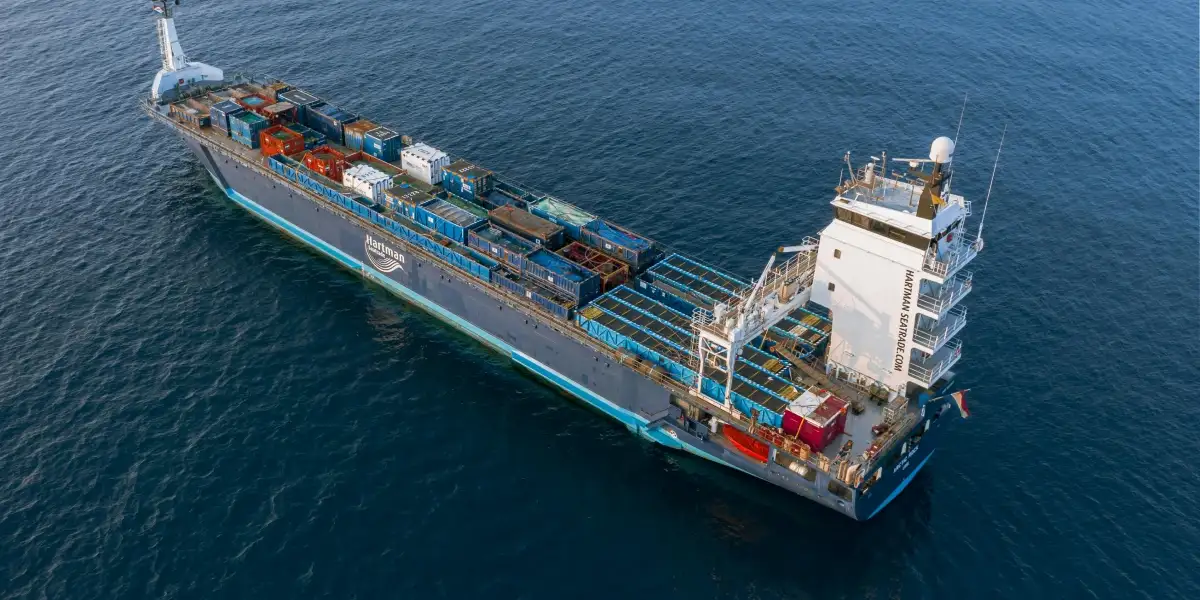Logistics Visibility
Logistics Visibility involves real-time monitoring and transparency of various logistics processes, allowing stakeholders to track and manage the movement of goods.
Logistics visibility refers to the ability to monitor and track the movement of goods throughout the supply chain, providing real-time insights into the location, status, and condition of shipments. It involves the use of advanced technologies and data analytics to enhance transparency and collaboration among stakeholders, including manufacturers, suppliers, carriers, and customers.
By leveraging tools such as real-time tracking systems, IoT devices, and data analytics platforms, logistics visibility aims to optimize operations, reduce lead times, and improve overall supply chain efficiency.
Key Areas Requiring Visibility in Logistics
Logistics visibility encompasses various aspects and areas within the supply chain, providing insights and transparency into different stages of the transportation and distribution process. Some key areas where logistics visibility occurs include:
- Container Movement in the Ocean: Real-time tracking of containers during sea transport, allowing stakeholders to monitor the vessel's location, ETA, and potential delays.
- Port and Terminal Visibility: Monitoring activities and events at ports and terminals, including vessel arrivals and departures, cargo handling, and overall port congestion status.
- Inland Transportation: Tracking the movement of goods through land-based transportation modes, such as trucks and trains, to ensure timely and efficient delivery.
- Warehouse Operations: Visibility into warehouse activities, including inventory levels, order fulfillment, and shipment preparation, to optimize warehouse efficiency.
- Last-Mile Delivery: Monitoring the final stages of delivery, providing insights into the movement of goods from distribution centers to the end customer.
- Supply Chain Events: Identifying and tracking critical events and milestones throughout the supply chain, such as customs clearance, border crossings, and other potential points of delay.
- Inventory Management: Real-time visibility into inventory levels across the supply chain, helping in demand forecasting, reducing stockouts, and minimizing excess inventory.
- Carrier Performance: Evaluating the performance of carriers and logistics service providers based on factors like transit times, on-time delivery, and overall reliability.
- Risk Management: Identifying and mitigating risks by monitoring external factors that could impact the supply chain, such as weather conditions, geopolitical events, or disruptions in transportation routes.
- Document Management: Ensuring visibility into essential shipping documents, customs paperwork, and compliance-related documentation to facilitate smooth cross-border movements.
By integrating visibility into these diverse aspects, logistics stakeholders can make informed decisions, enhance operational efficiency, and respond promptly to any challenges or disruptions in the supply chain.







